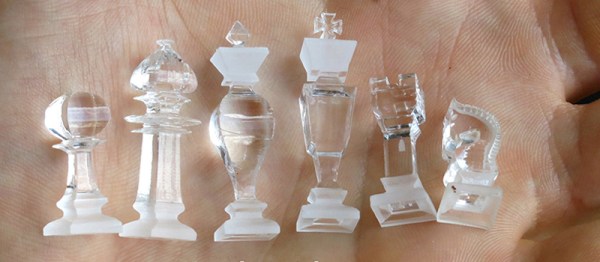Cutting every corner can lead to some shoddy projects, but [Terry Gilliam] shows us that cutting the right corners yields unforgettable animations when mixed with the right amount of quirky imagination. The signature animation style of Monty Python’s Flying Circus is a mixture of [Terry]’s artistic craft and doing it with as little work as possible. You can watch after the break.
For [Terry], cutout animation is the quickest and easiest way he knows to convey an idea, a joke, or a story. With his vocal repertoire, even the sound effects can be produced in a basement studio. Sometimes, he makes the artwork himself and sometimes he relies on found-media in magazines or print. Both of these resources have vast digital counterparts for the betterment or detriment of animators.
Cutout animations have limitations such as jerky movement and the signature paper-on-a-background look, but that didn’t stop South Park. Textures and gradients can be used, unlike traditional animation which leverages a simplified color palette so you can pick your poison.
If your story or idea is held back because it can’t be expressed, maybe it needs a cutout animation kick in the right direction, and it couldn’t hurt to illustrate your 2018 Hackaday Prize submissions. At the opposite end of the tech spectrum, we have an animation made with 3D printed objects.












